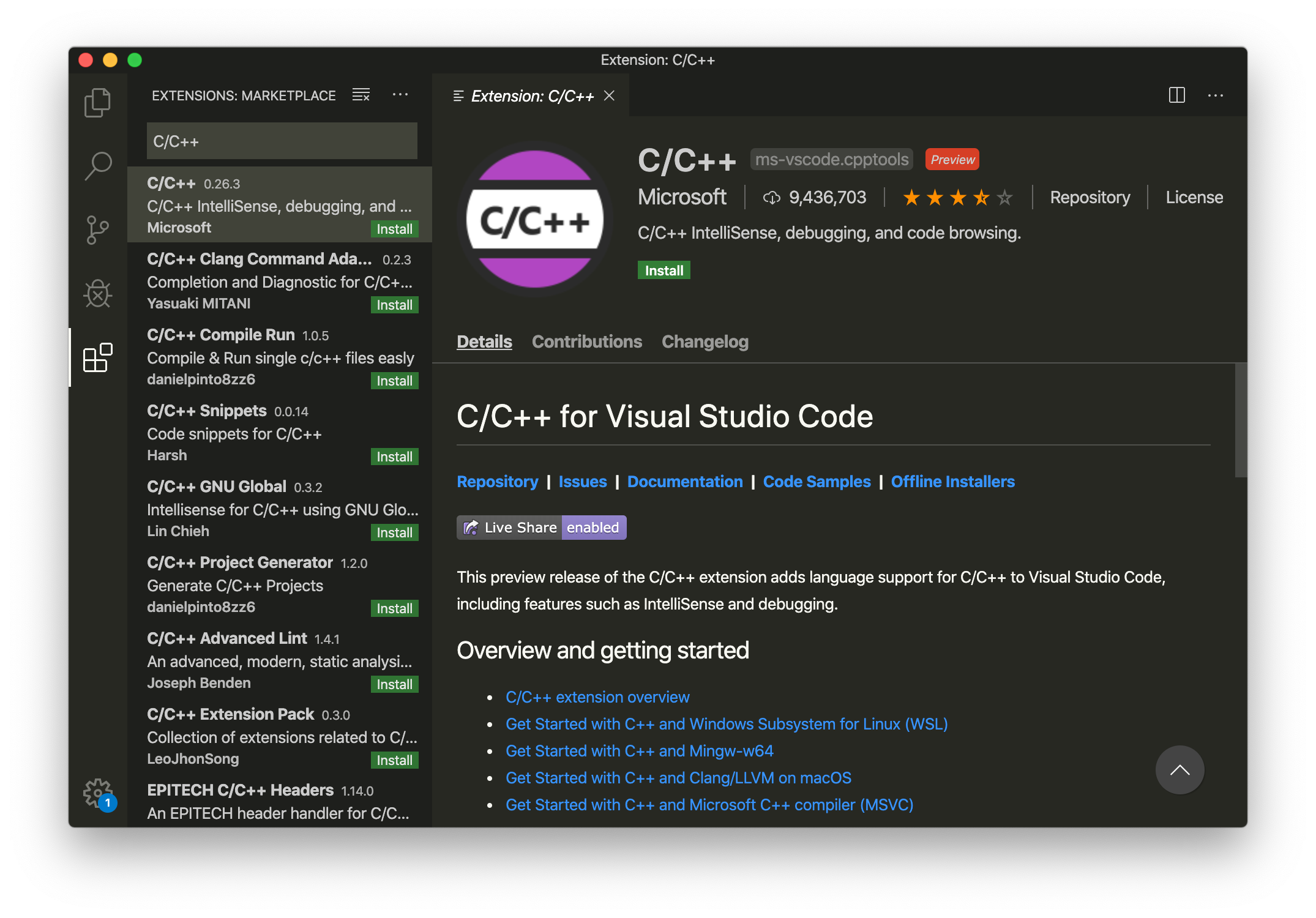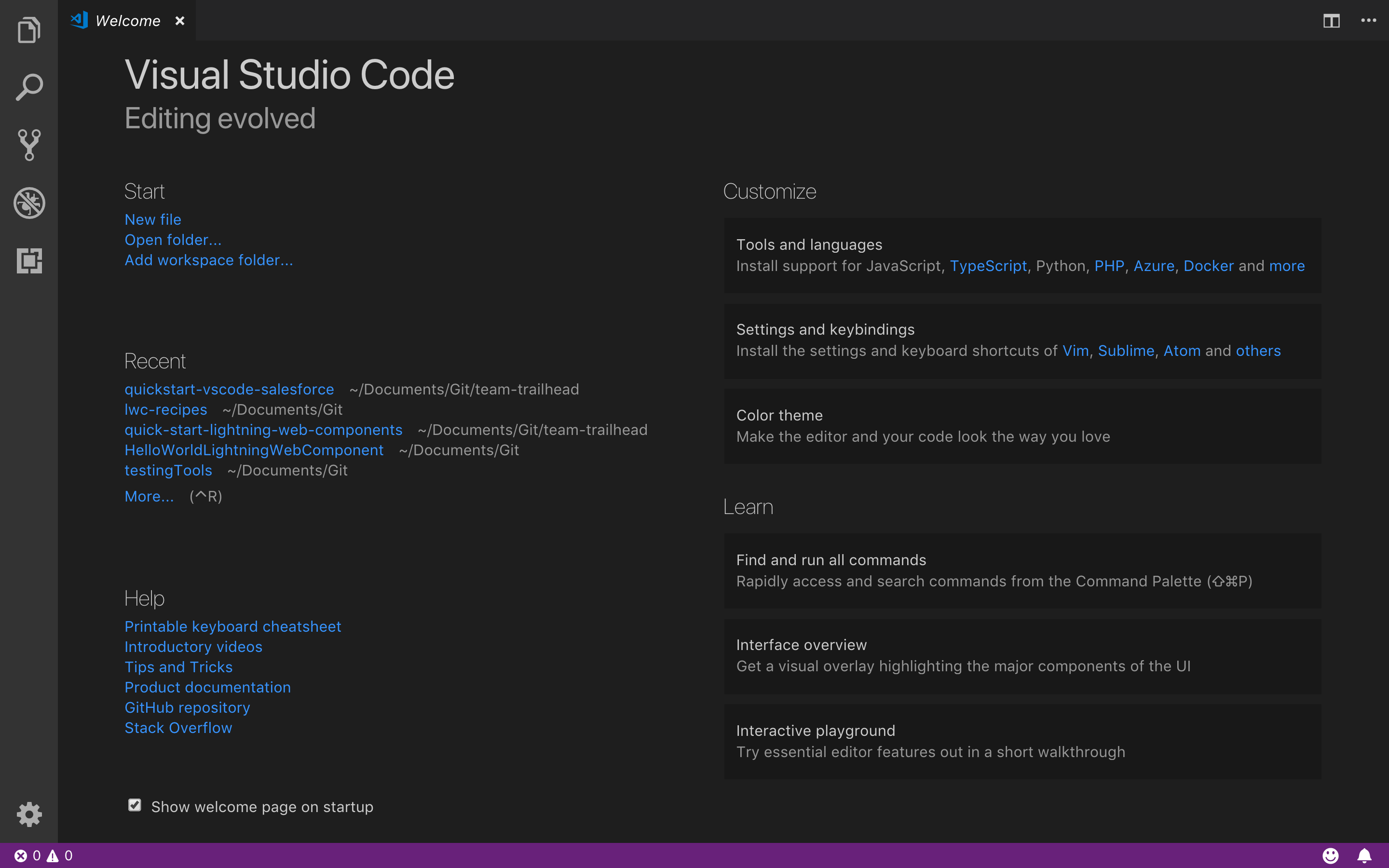


- #Visual studio code coverage grey verification
- #Visual studio code coverage grey plus
- #Visual studio code coverage grey simulator
- #Visual studio code coverage grey free
12.1 Software verification and validationĪlthough software testing can determine the correctness of software under the assumption of some specific hypotheses (see the hierarchy of testing difficulty below), testing cannot identify all the failures within the software.6.1 Traditional waterfall development model.5.19 Conformance testing or type testing.5.15 Internationalization and localization.5.8 Functional vs non-functional testing.5 Testing types, techniques and tactics.3.1 Static, dynamic, and passive testing.1.2 Input combinations and preconditions.Software testing can provide objective, independent information about the quality of software and risk of its failure to users or sponsors. take part in production activities by using monitoring and observability techniques.reviewing the deployment infrastructure and associated scripts and automation.executing a program or application with the intent of examining behavior.

#Visual studio code coverage grey simulator
With Fault Simulator SE, you can see what happens if your disk is full, when the network cable gets yanked out unexpectedly, when the server crashes - and dozens of other issues, all through the integrated Visual Studio interface. You may think you've programmed a disaster-proof database system, but how can you be sure? NET framework in a debugging sandbox on your machine, which gives Fault Simulator the opportunity to selectively break the system at runtime. The real highlight of this new release is the inclusion of Fault Simulator SE, a cut-down version of Compuware's Fault Simulator product.
#Visual studio code coverage grey plus
Some of these, particularly the Performance Expert, look similar to the new Visual Studio Team Edition features, but only on the surface: the DPS versions include extras such as network bandwidth usage and wait time, plus smart call graphs that show you everything you need to know on one screen. It also provides you with method-by-method usage percentages, plus smart grouping options such as "Methods less than 30 per cent covered."Īctually checking your code's performance has never been easier, mainly thanks to DPS's helpful readouts. When your program finishes, DPS displays each line of code in a different colour: black means 'can't be executed', green means 'executed' and purple means 'unexecuted'. The DPS code coverage analysis system is the best we've seen. Still, the system does enable you to mark error types as suppressed, or mark individual instances as 'fixed' so you can clear the list. Some of the error reports can be annoying: we got several hundred "Literal, hard-coded string found in code" errors in some code that was trying to parse XML, where hardcoded strings are a requirement. NET code for each error types, plus links to more information. What's more, DPS gave us comprehensive C# and Visual Basic. Running the same code through FXCop and DPS, we found DPS gave us almost three times more warnings and errors. NET design guidelines as FXCop, plus many more of its own.
#Visual studio code coverage grey free
NET code scanner that points out potential code issues, free of charge. We don't put much stock in static source code analysis, particularly as Microsoft already offers FXCop, a. NET performance analysis is disabled by default, for example - you can import a project and get started in just a few minutes. Each of these tools integrates neatly into Visual Studio as a menu bar, keeping itself close to hand, and DPS is designed to work out of the box with the last three versions of Visual Studio.


 0 kommentar(er)
0 kommentar(er)
